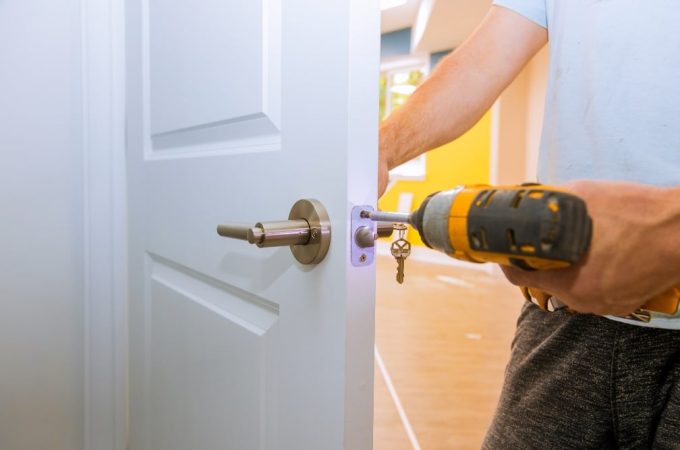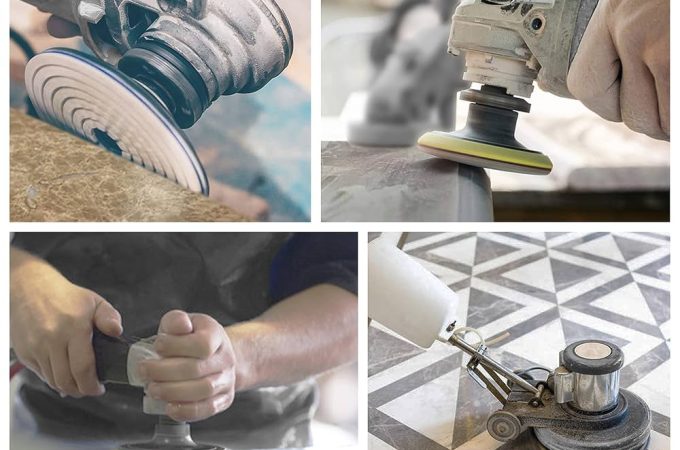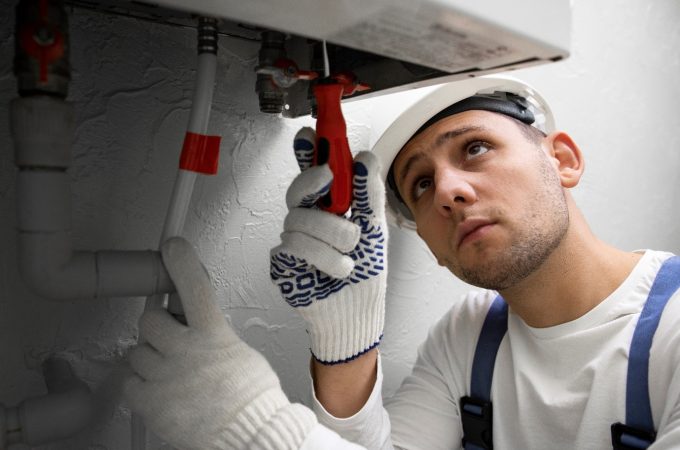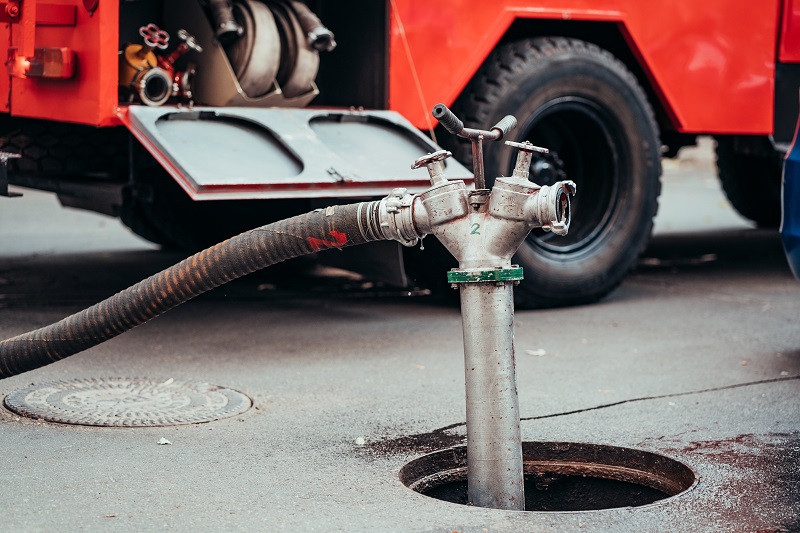
A Comprehensive Guide on Pipe Relining: A Step-by-Step Process and What to Expect
Introduction:
Welcome to another in-depth guide for your home improvement needs, world of piping, and how it can significantly affect your home life. Ever found yourself in a situation when out of the blue, your home plumbing system acts up? Or discovered a pipe leakage that is too complicated and daunting to fix? Today, we plunge into the nitty-gritty of pipe relining – an impressive non-intrusive solution to your pipe leakage or drain problems. Pipe relining involves a simple process, requiring a straightforward technique, and provides long-lasting results. Want to know how? Sit tight as we illuminate the path to a hassle-free pipe mending option that not only saves your time but your garden too.
To Reline or Not To Reline: Knowing When Pipe Relining is Necessary
Many homeowners are unaware of when a pipe relining is necessary. Conventional methods mean disruption, intrusive digging, and added mess. The pipe relining technique accelerates the repair process, minimizes disruption, and places your home back to its state in no time. It’s an ideal solution when pipes are aged, damaged due to tree roots or have been affected by rust and corrosion.
Pipe Relining: Unraveling the Mystery
Ever wondered what pipe relining entails? It’s a method where a pipe within a pipe is created. A flexible tube coated with resin is inserted into the damaged pipe. The resin hardens, forming another pipe within the original pipe, hence remedying the leakages or breaks. The process isn’t as complicated as it appears, and an expert can complete the procedure within a few hours.
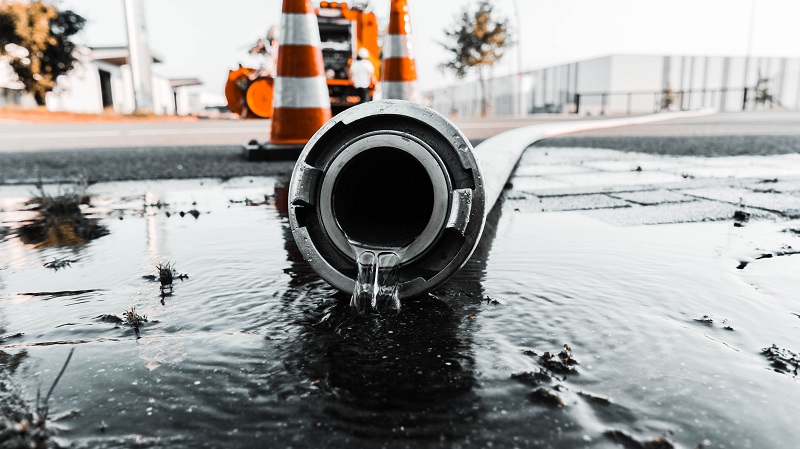
The Step-by-Step Procedure of Pipe Relining
Like every good magic trick, pipe relining also has an impressive method up its sleeve. First, it involves a detailed CCTV inspection of the pipe damage. The pipeline is then cleared of any blocked debris or roots. Next, the tubing covered with resin is placed inside the damaged pipe and inflated. The resin takes a few hours to harden, and voila, you have a new pipe in the old one.
Pros and Cons of Pipe Relining
Like a coin with two sides, pipe relining also has its list of pros and cons. The advantages include non-destructive repair procedures, cost-effectiveness over the long term, and a faster solution compared to traditional methods. However, it’s not applicable to pipes with joints or bends and pipes severely damaged or corroded.
What to Expect Post Pipe Relining?
When it comes to the aftermath of pipe relining, it’s mostly sunshine and rainbows. Your pipes are usually good as new and may last up to fifty years! However, one must regularly maintain the pipes and keep an eye for any signs of wear or tear.
Conclusion:
Pipe relining presents itself as an avant-garde solution in the vast home improvement realm – an effective antidote against pipe leakages and drain issues. It is a process designed for efficiency and mindfully curated to minimize disruption. A method that shields your garden from unnecessary digging, provides a swift and efficient solution and guarantees a damage-free plumbing system for an extensive period. So, when faced with a pipe crisis, remember that pipe relining is here to your rescue – a superhero in the world of pipes! From deciphering the step-by-step procedure of pipe relining to understanding its pros and cons, we have journeyed through a critical aspect of home improvement plumbing system. May your pipes live long and prosper!


